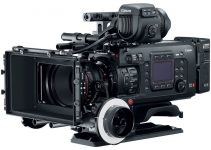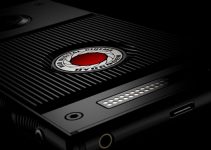Once you get serious about video you need to find a serious storage solution. Cameras continue to push resolutions and formats – Raw is practically standard these days – making videographers get bigger and faster drives to store and work with all that data. There are countless solutions out there so you’ll likely need some help sorting through it all.
One good place to look is what other videographers are using and what they trust to use and Damien of Monkeypixels is sharing information on his massive 54TB unit. Now, this isn’t his daily driver for editing, this is his big storage array.
If you want a daily driver with tons of fast storage, Damien uses the Areca 8050T3U-6M loaded up with SSDs. For massive storage ideal for backup, that’s the focus of this video: the Areca 8050T3U-4. It’s a 4-bay RAID array designed for larger 3.5” hard drives (the classic spinning HDDs).
Configured with four 18TB Seagate IronWolf Pro NAS HDDs, that gets you up and running with 72TB of storage. It’s a great start. Configured as a safer RAID 5, that brings you down to 54TB of usable space. You’ll definitely want to use RAID 5 at least since it allows the array to suffer one drive failure without losing any data. It costs space but gives you protection.
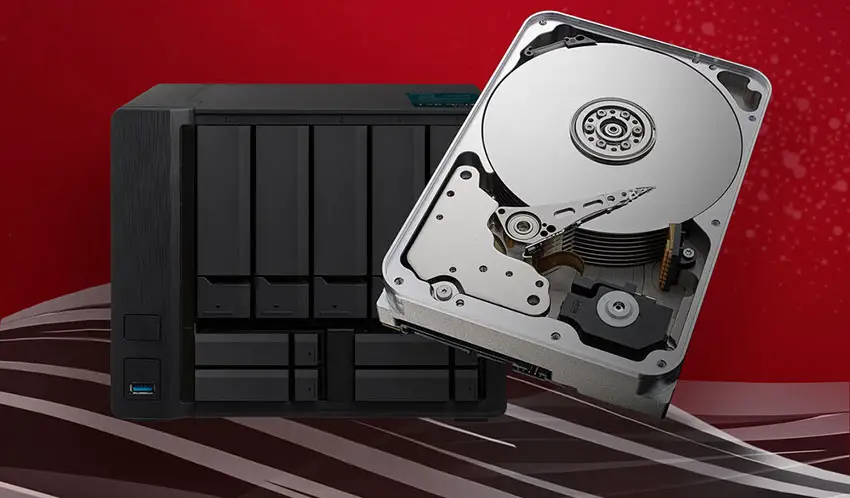
Image Credit: Seagate
54TB is a lot of space.
The key usage of this drive is to serve as a backup for completed projects. You would have this around and on a regular schedule you’d want to move any finished projects or assets over to this drive to serve as a backup. Proper protocol would also ask that you maintain yet another backup off site, but that’s a whole other thing. Let’s focus on this array.
Looking at the array, it looks fairly standard. There are some straightforward slots for popping in all your HDDs. The front also has a small screen and buttons for checking settings and status. There is software available since those buttons aren’t so easy to use.
Ports on the rear of the array include:
- 2 x Thunderbolt 3 (one for PC and one for daisy-chaining)
- DisplayPort
- 1 Gb Ethernet (for settings config only)
- AC in
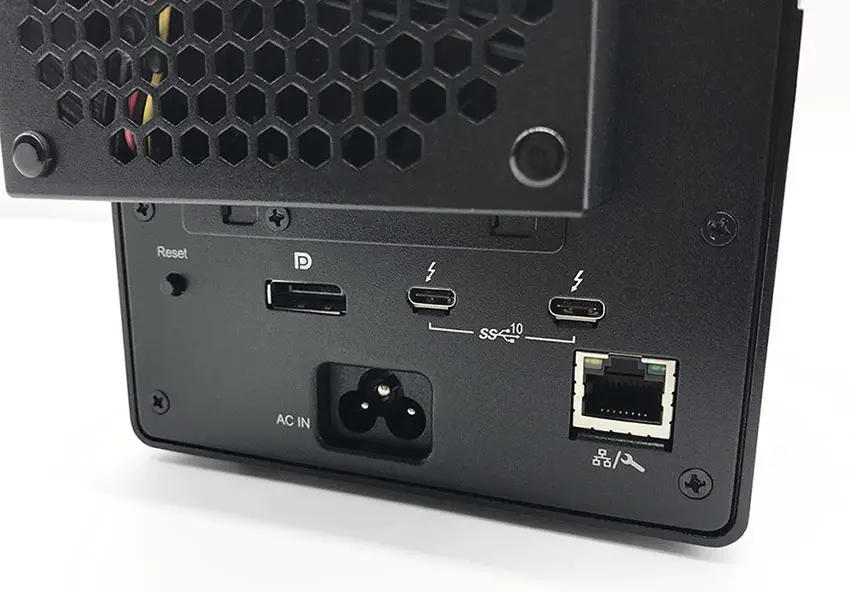
Image Credit: Areca
There’s a fan on the back to keep it cool and the ability to attach an optional carry handle. It does not come with hard drives, so you can choose your own. With all those drives installed it’ll get heavy.
Speed is decent since it is able to write across multiple drives simultaneously. Damien measured 750MB/s for both read and write. For backups that should be good. Things might take some time to transfer, but it shouldn’t be a constant thing. And, if you wanted to edit off it you could do a fair amount before hitting the limit of the array.
One thing to know is that the fan and drives get loud. This noise can be very distracting. Though actually the thing that bothers Damien is that the drives spinning around can impact the feeling of “pressure” in the room. TBH, this might never be noticed by most people, but if you have never used a RAID array with HDDs before it could get to you without you realizing.
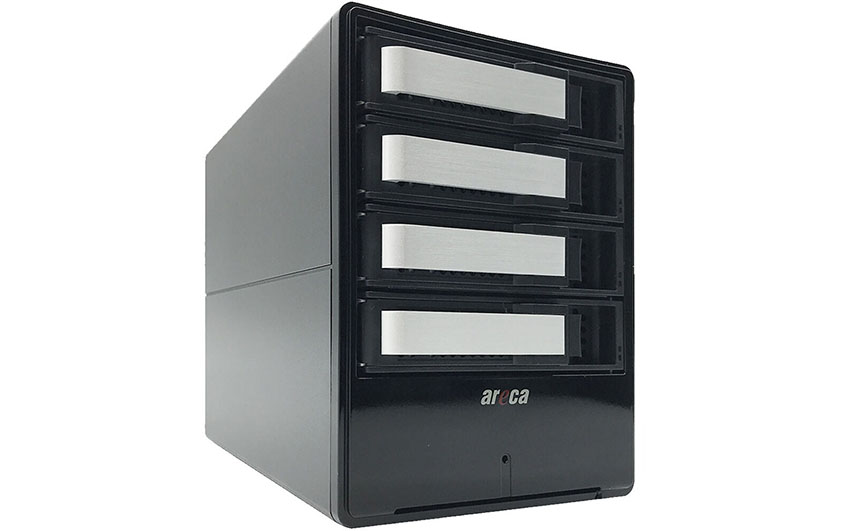
Image Credit: Areca
This thing is also heavy and not very portable. Spinning drives are not ideal for travel, so avoid using them for portable storage options.
Now, price is substantial if you aren’t used to shopping for hard drive arrays. The base array without drives costs around $1,000. Then you’ll need four drives which can cost nearly $600 each. That’s just under $4,000 all things considered.
A RAID array is worth the investment. The actual array should last a long time since you only swap out the drives if they fail.
It’s a good setup for sure. Do you have your own favorite hard drive array?
[source: Monkeypixels]
Order Links:
- Areca ARC-8050T3U-4 4Bay Tower Thunderbolt 3 Array (B&H, Amazon)
- Areca ARC-8050T3U-6M 6Bay Mini Portable Thunderbolt 3 Array (B&H, Amazon)
- Seagate 18TB IronWolf Pro NAS HDD (B&H, Amazon)
Disclaimer: As an Amazon Associate partner and participant in B&H and Adorama Affiliate programmes, we earn a small comission from each purchase made through the affiliate links listed above at no additional cost to you.


